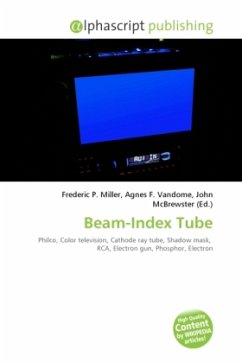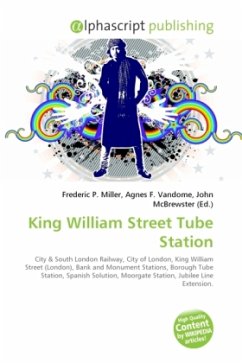The beam-index tube, or "Apple" tube as Philco referred to it, was a color television cathode ray tube design. It used a series of colored stripes of phosphor and active feedback timing rather than dots of phosphor and the mechanical focussing system in the more common shadow mask system developed by RCA. The system offered much brighter pictures than shadow mask sets and only a single electron gun rather than three, both making it easier to build and reducing power needs. However, in spite of years of development the sets were never able to be produced in a cost effective manner, and Philco eventually gave up on the concept. Development did not end there, however, and the system was re-introduced as the Unitron in the 1970s. Changes in electronics during the intervening decade greatly reduced the cost of implementing the system, which became cost competitive with conventional sets. Several Japanese companies used the system for a variety of specialist purposes, the best known being the Sony Indextron series. The system also saw some military use due to its ability to reject external interference.
Bitte wählen Sie Ihr Anliegen aus.
Rechnungen
Retourenschein anfordern
Bestellstatus
Storno








